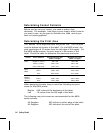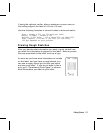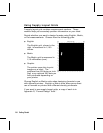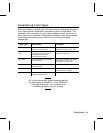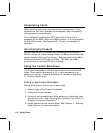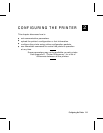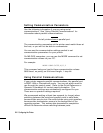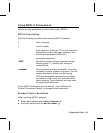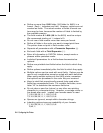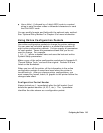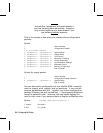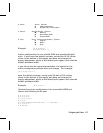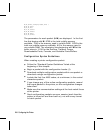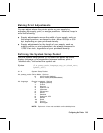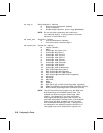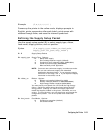◆
Define no more than 1000 fields (100 fields for 9403) in a
format. Each p indicates one field. However, options are not
counted as fields. The actual number of fields a format can
have may be less, because the number of fields is limited by
the available memory.
◆
The field number 0 to 999 (99 for the 9403) must be unique.
We recommend starting at 1, instead of 0.
◆
Do not use a field number more than once per format.
◆
Define all fields in the order you want to image/print them.
The printer does not print in field number order.
◆
Separate all parameters with a Parameter Separator (,).
◆
End each field with a Field Separator ( p ).
◆
Enter all information in CAPITAL letters, except words or
phrases within quotation marks.
◆
Include all parameters for a field unless documented as
optional.
◆
Define non-printable text fields before the field to which they
apply.
◆
Define options immediately after the field to which they apply.
◆
Multiple options can be used with most fields. Options can be
used in any combination except as noted with each definition.
When using multiple options on the 9403 printer, remember
that options are processed in the order they are received.
◆
Keep in mind that proportionally spaced fonts need wider
fields than monospaced fonts. For variable field data, use a
letter "W" to determine the maximum field size.
◆
Do not place a new line (return) or any other non-printing
character in a character string. However, a carriage return or
line break after each p makes your formats easier to read.
T,1,20,V,30,30,1,1,1,1,B,C,0,0,0 p
T,2,10,V,50,30,1,1,1,1,B,C,0,0,0 p
◆
Spaces are ignored, except within character strings.
◆
Indenting options improves readability of your formats.
T,1,18,V,30,30,1,1,1,1,B,C,0,0,0 p
R,42,1 p
2-4
Configuring the Printer



